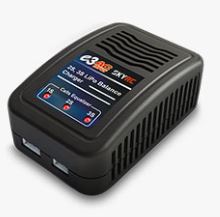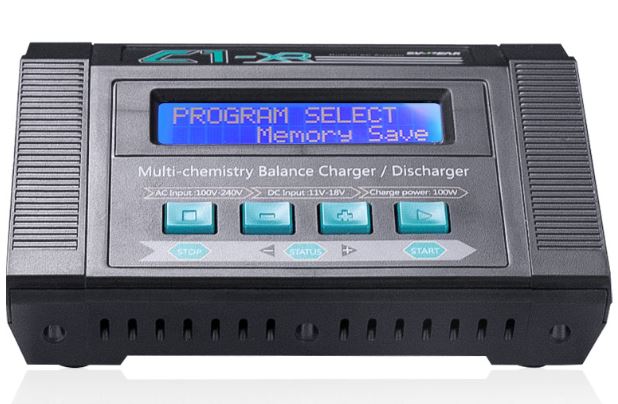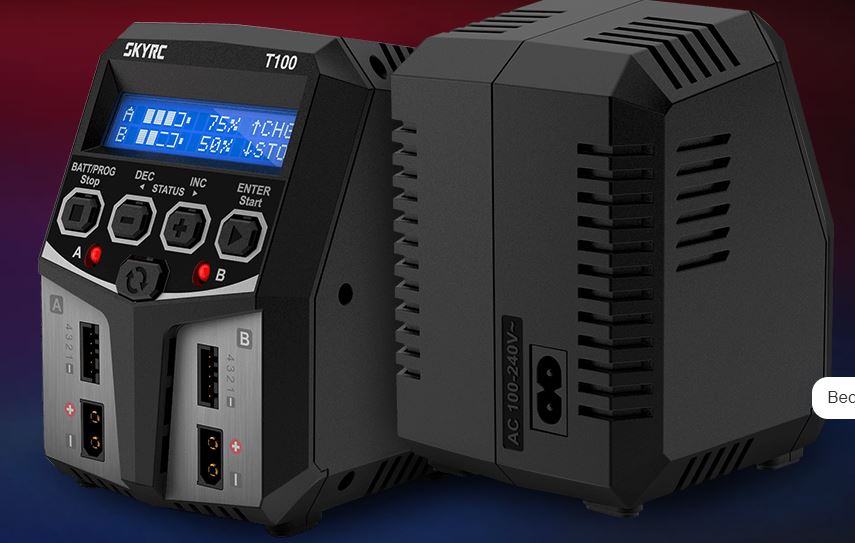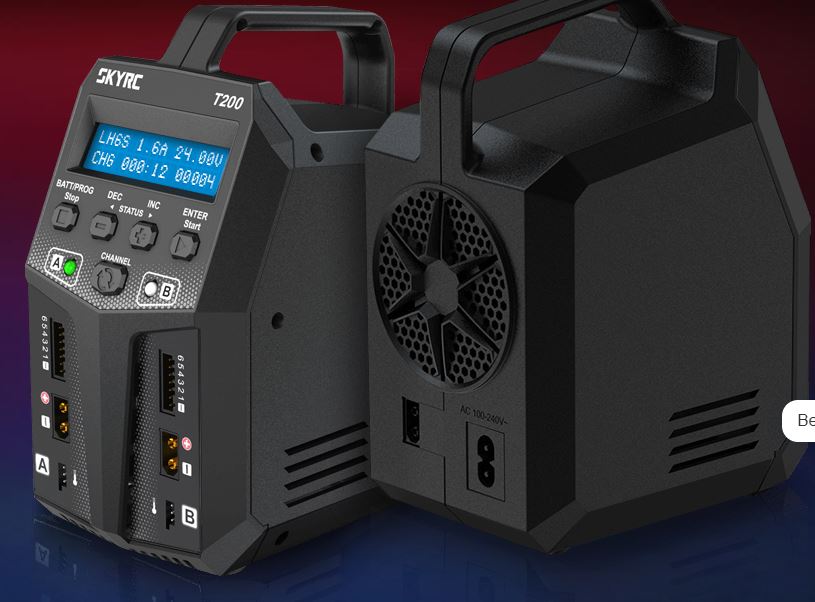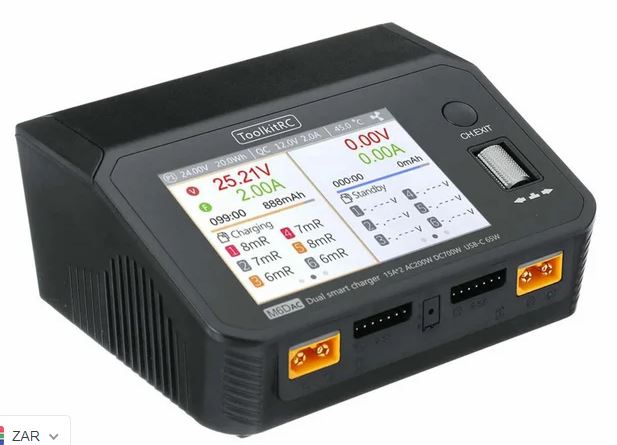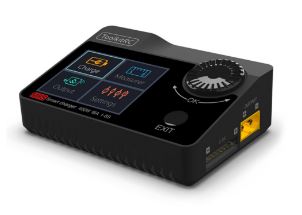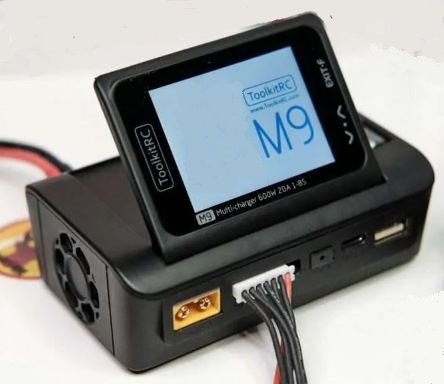Battery Safety
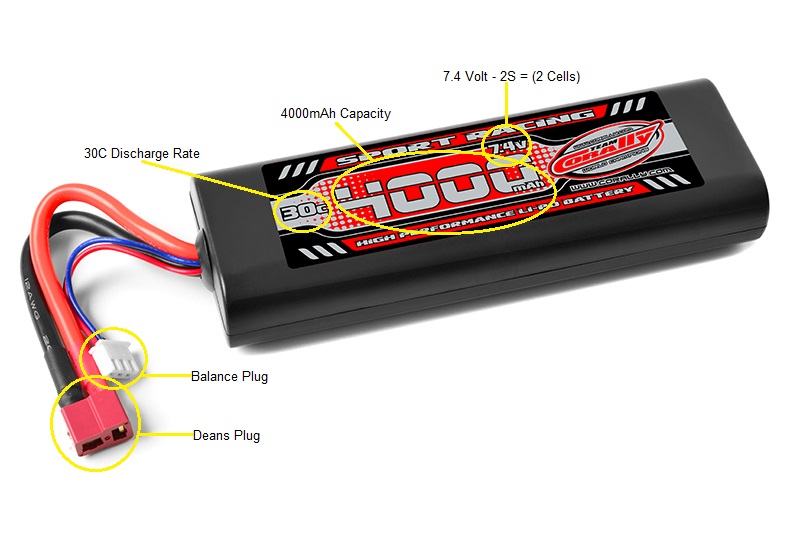
4000MAH 7.4 30C Deans
4000mAh = Capacity The capacity of a battery is basically a measure of how much power the battery can hold. Think of it as the size of your fuel tank. The unit of measure here is milliamp hours (mAh). This is the measure of how much drain can be put on the battery to discharge it in one hour. Since we usually discuss the drain of a motor system in amps (A), here is the conversion:
4000mAh = 4 Amp Hour (4.0Ah)
___________________________________________________________________________
4000MAH 7.4 30C Deans
Voltage= Pressure. Lipo batteries are made up of single cells. A 2S = 2 cells of 3.7V nominal voltage. So, this battery is 2S making it 2 single cell batteries in one, 3.7V x 2 = 7.4V Some batteries only display the S amount ie 2S = 2cell battery of 7.4V Nominal voltage is the default, resting voltage of a battery pack. This is how the battery industry has decided to discuss and compare batteries. It is not, however, the full charge voltage of the cell. Fully charged the cells will be 4.2V each or 8.4V total
___________________________________________________________________________
4000MAH 7.4 30C Deans
Discharge Rating ("C" Rating) The C Rating is a measure of how fast the battery can be safely discharged without harming the battery. This is not a stand-alone number; it requires you to also know the capacity of the battery to work out the safe amp draw. The C rating X by the Capacity will give you the maximum Amp draw of the battery.
30C x 4000mAh = 120 000mAh = 120 Amp
____________________________________________________________________________
4000MAH 7.4 30C Deans
Deans Refers to the Connector type fitted to the battery discharge leads. ____________________________________________________________________
Charging a Lipo Battery. Battery and Balance Board. It's important to use a LiPo compatible charger for LiPos. LiPo batteries require specialized care. They are dangerous if left unattended whilst charging. As a Lipo battery is made up of separate cells, 2s =2 cells, you are basically charging 2 batteries at the same time.
A balance charger will read the cell values and balance the current required to each cell, through the white balance plug fitted to the battery. Whilst charging, the Balance Charger will supply the correct amount of current to each cell through the balance Plug. The discharge connector is connected to the charger only to give the charger feedback on the total voltage.
A recommended rate of charge is 1C. ie battery is rated at 4000mAh. 1C = 4.0 amp (4000mAh) It is recommended to purchase a Lipo safety bag to charge and store the battery in.
HOW TO CARE FOR YOUR LIPO BATTERIES
LiPo batteries can be highly dangerous, and many people have no idea. For years, lithium polymer batteries (LiPos) have been known to be dangerous and unpredictable. Dropping, denting or crushing can shorten the life of the battery and even cause an internal short — A potential fire hazard. The chemical construction up of a Lipo battery will result in a chemical fire, if the cell casing of the battery is punctured, exposing it to the air. Introduce oxygen, and you have a fire that is incredibly violent and difficult to extinguish.
How to store LiPo batteries
• Keep batteries separate: Never store loose batteries together. The batteries’ terminals may contact one another, causing a short circuit.
• Store batteries in a cool, dark place: Never store batteries in extreme temperatures or direct sunlight. The battery should be stored within -10℃ - 45℃.
• Discharge the battery to storage voltage (Nominal Voltage) of 3.7V. A decent Balance Charger will be able to do this for you
• Always disconnect Batteries when not in use and store batteries in a non-conductive and fireproof container, or Lipo Bag
• Never alter, puncture or impact Batteries or related components.
• Never strike a battery with any sharp edges.
• Never open or deform the folding edge of a cell.
• Never drop, hit or bend batteries.
• If in doubt, speak to your local Hobby Shop.
Chargers
